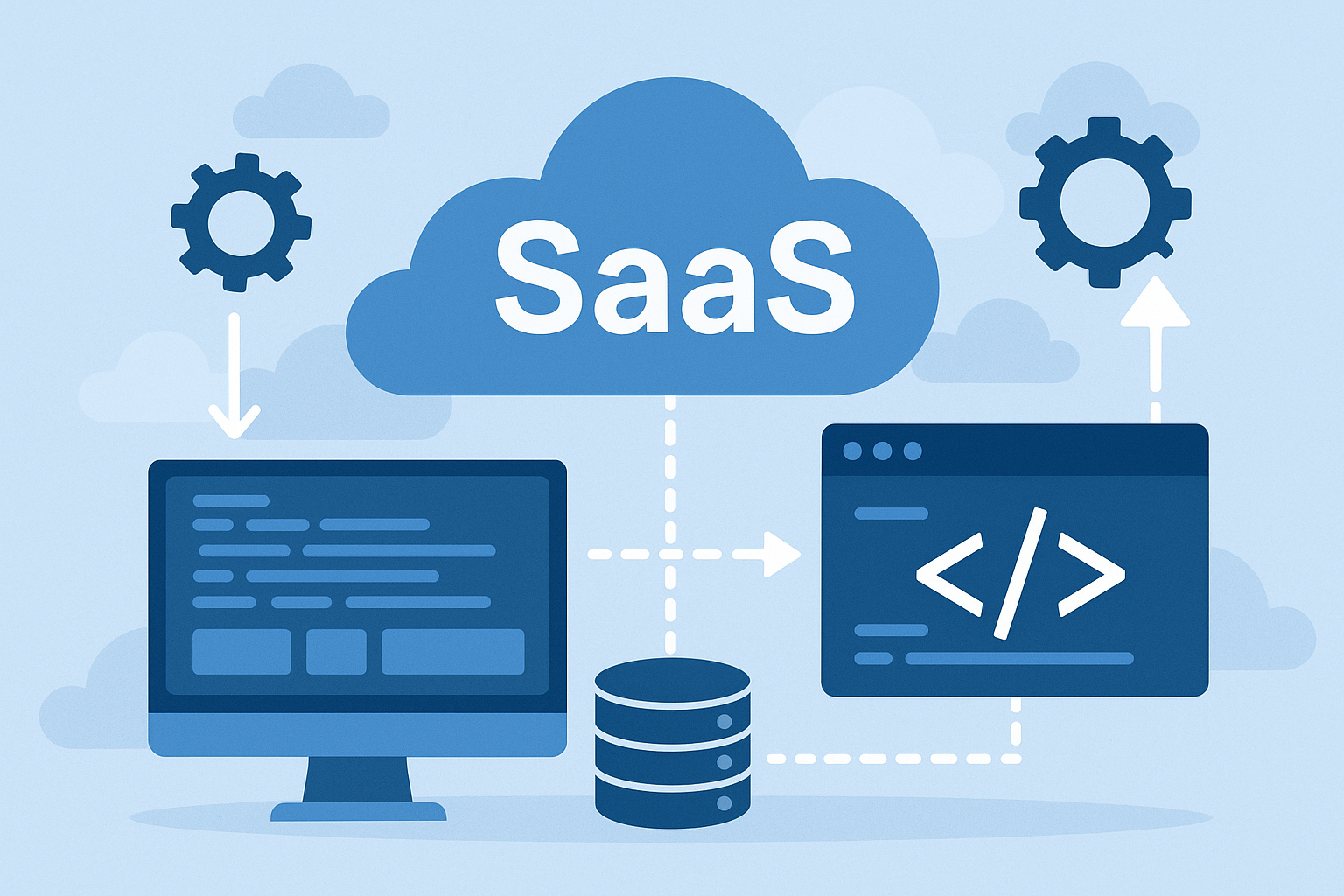
Owning software used to mean bulky installations, expensive hardware, and constant updates. Today, that model is being replaced by something far more flexible: Software as a Service (SaaS).
SaaS allows businesses to access the tools they need — when they need them — without the burden of ownership or maintenance. It’s a fundamental shift from buying and managing software to simply using it, as easily as streaming a movie or listening to music online.
This article explores how SaaS is transforming the software landscape, the benefits it offers, and what businesses should keep in mind as they make the shift from ownership to access.
Goodbye Installations, Hello Instant Access
For decades, software came with strings attached — license agreements, hardware requirements, installation headaches, and upgrade cycles. But with SaaS, all of that changes.
Instead of purchasing and installing software on individual machines, companies now access applications directly through the internet. The software is hosted off-site, maintained by the provider, and always ready to use — no ownership required.
Why Access Beats Ownership in Today’s World
This move away from owning software brings undeniable advantages:
-
Lower Upfront Costs
→ Subscription-based pricing means businesses avoid hefty one-time purchases, spreading costs predictably over time. -
Effortless Scalability
→ As your team grows, adding users or features takes just a few clicks — no additional hardware or IT overhauls. -
Work From Anywhere
→ With SaaS, software travels with you. Whether your team is remote, hybrid, or global, everyone stays connected. -
No More Manual Maintenance
→ Forget the stress of system updates or security patches. SaaS providers handle it all, behind the scenes. -
Enterprise-Level Security for All
→ SaaS companies invest heavily in security — giving even small businesses access to protection that was once reserved for large enterprises.
The SaaS Market is Booming
This shift from ownership to access isn’t a small trend — it’s reshaping the global software industry.
Analysts predict continued explosive growth in SaaS adoption, with businesses of all sizes seeking flexible, accessible, and cost-effective alternatives to traditional software.
Tools like AWeber, an email marketing SaaS platform, are proof of how easy it has become for businesses to adopt powerful software — no installations, no complex setup, just instant access.
What to Think About Before Making the Shift
While SaaS simplifies software use, it’s important to make informed decisions:
-
Will it integrate with your existing tools?
→ Choose SaaS platforms that work seamlessly with your current systems. -
Do you have reliable internet?
→ Access depends on connectivity — make sure your infrastructure can handle it. -
Where is your data stored?
→ Understand how your provider handles data privacy, backups, and security. -
Is switching providers easy?
→ Evaluate exit options to avoid getting locked into a single vendor.
Where We're Headed: A Future Without Software Ownership
The future of software looks less like buying and more like accessing — on-demand, flexible, and built to evolve.
SaaS is already changing how companies operate, enabling businesses to scale faster, reduce costs, and embrace remote work without sacrificing the tools they rely on. With continued innovation in cloud computing and AI, the era of software ownership is giving way to a world where access is everything.
Final Thoughts
The way we think about software is changing — and so are the expectations around how we use it. With SaaS, businesses no longer need to worry about ownership, maintenance, or outdated technology. Instead, they get instant, reliable access to the tools they need to stay competitive.
For companies ready to leave the old software model behind, SaaS isn’t just a smart option — it’s the future.
In a world that moves fast, owning software slows you down. Access is the new advantage.